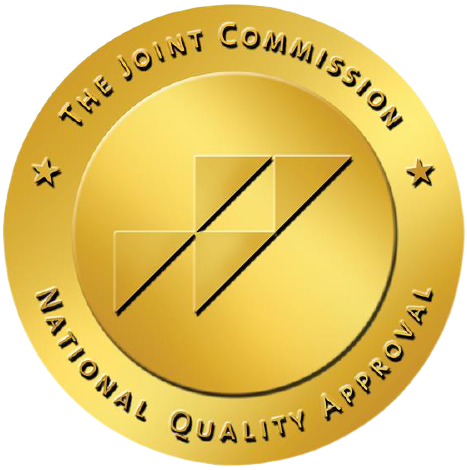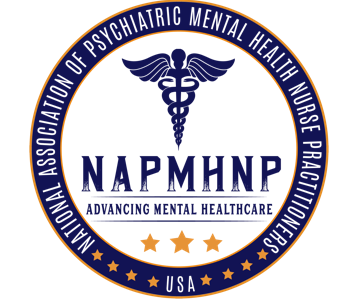When you read the word “stress”, what comes to mind? Do you think about your workplace, social situations, anxiety, financial issues, traffic, family? When discussing the human physiological process, stress is a term used to describe “the entirety of external factors disrupting homeostasis for a living organism” (Homeostasis). Like most things in life, stress is neither all good or all bad. In fact, stress can be either depending upon the circumstances. Our brains are naturally wired to identify those external factors which might threaten our safety through an information filtering system called the Anterior Cingulate Cortex (ACC).
As part of our stress response, we rely on the ACC to assess our surroundings to determine whether we are safe, or whether we should fight, flee, or freeze. In the brain of a person who has not experienced any major traumatic events, it takes the brain 0.9 milliseconds to shift a body into a full stress response by completing the following processes:
- Filter information through the ACC to rule in/out threat to personal safety
- Redirect energy so that blood supply and neural communication is reduced in areas biologically unnecessary to survival in the moment (logical thought, emotional regulation, digestion, hunger, thirst)
- Release stress hormones such as adrenaline and cortisol
- Brain stem triggers physical state memory (hot, red skin; short, shallow breaths)
- Amygdala “hijack” (fight, flee, or freeze).
To try to put 0.9 milliseconds in context, note that half of a second is equal to 500 milliseconds. Within that half a second, there are approximately 500 opportunities for a stress response to be triggered. Close your eyes for half a second. What did you notice? Did you have time to process at least one thought? Like me, did you also find yourself over thinking the actual timeframe of half a second? Now, raise your right hand above your head and wiggle your fingers. During that exercise, your nerve impulses traveled at least 250 mph (Berman, 2014).
It is important to note that even though our brains can engage the stress response at a nearly unimaginable rate of speed, it takes our bodies 18 hours (without additional experience of stressors) to return to homeostasis (chemical baseline). Our brains and bodies are perfectly, imperfect creations. While the stress response is imperative to our survival, a major flaw in the functioning is that the human brain is unable to differentiate between an actual or perceived threat. This means that if you are mugged and held at gunpoint, that experience would trigger the same stress response as if you had a dream about that same scenario. Next time you feel overwhelmed and are experiencing difficulty using your usually logical and regulated thought processes, reflect on that experience in terms of your body’s stress response and take note of any trigger patterns that push you into fight, flight, or freeze.
Blog By: Dana Strickland, MC, LAC
Berman, B. (2014, June 4). Our Bodies’ Velocities, By The Numbers. Retrieved November 1, 2017, from http://discovermagazine.com/2014/julyaug/18-body-of-work
Homeostasis. (n.d.). Retrieved December 20, 2017, from https://oli.cmu.edu/jcourse/workbook/activity/page?context=df3e40230a0001dc5dbb9d6a63652305
Stress. (2016). Acta Physiologica, 216, 149-152. Retrieved December 20, 2017.











